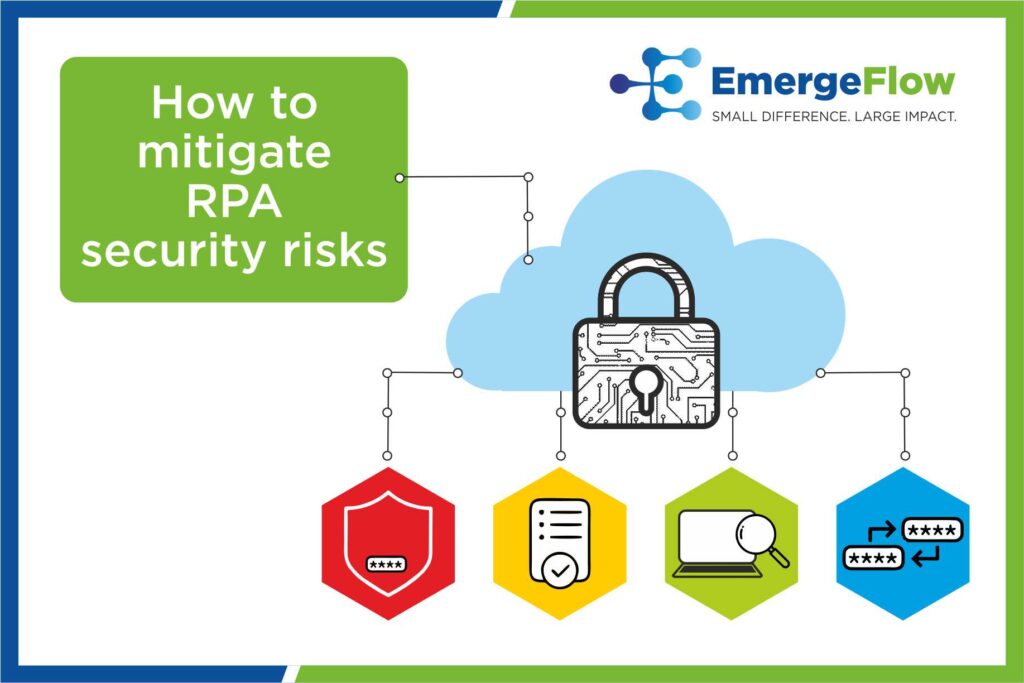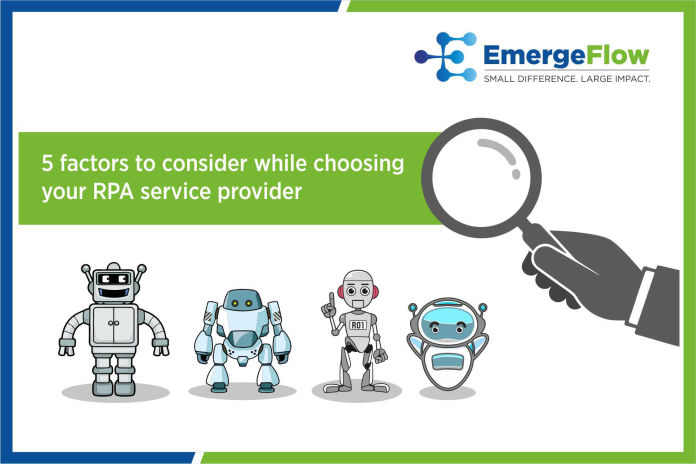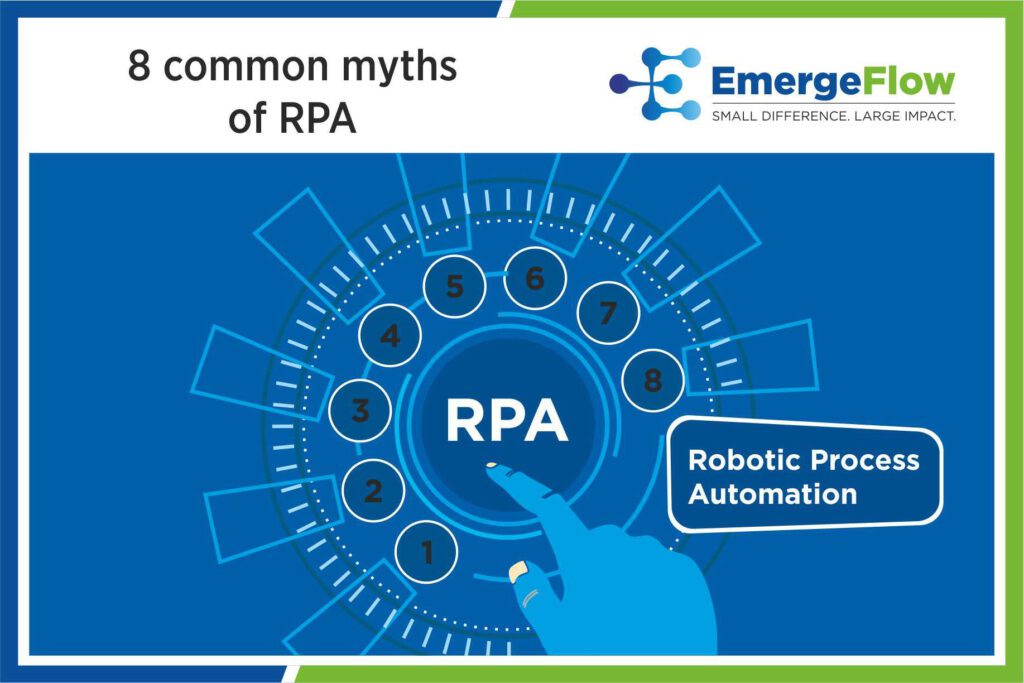Understanding and eliminating RPA security risks

Cybersecurity is one of the hottest debates in the industry right now and unfortunately, it could be a nightmare for RPA technology as well. RPA bots work on a very confidential data as the data gets transferred from one system to the other while doing the critical tasks. If this data is not protected, leakage can lead to millions of dollars in loss for the enterprises. With the growing technology, it is becoming more and more difficult to keep the data secure for the firms. Careful steps need to be taken in order to minimize these risks. Through this article, we aim to highlight these potential security related risks along with detailed steps to curb them down.
Top security risks of RPA
When it comes to RPA security risks, data leakage and theft are the two major contenders. If proper security protocols are not in place, sensitive data, such as RPA bot passwords or consumer data processed by RPA, may be exposed to attackers.
Passwords are frequently traded in order for them to be reused. When these accounts and passwords are left untouched and unprotected, a cyber attacker may intercept them, use them to escalate privileges, and transfer laterally to get access to sensitive networks, software, and data. On the other side, users with administrator privileges will find passwords in exposed places.
Major areas of RPA security risks
The enterprise may be at danger in three crucial areas while deploying RPA. The majority of them are associated with standard cybersecurity risks:
1. System vulnerabilities
2. System outage risks
3. Confidential information disclosure
How to mitigate the security risks
1. Ensure the bot actions are held accountable
Each RPA robot and technique having its own identity guarantees devoted authentication credentials and identity naming criteria. Privilege credentials should be taken out of scripts and other exposed places and kept in a centralized, secure location. Secured and trusted places like Orchestrator or bot manager can be used for this.
Also, creating a new account in the name of the RPA bot helps tracking the activities and doesn’t pass the blame somewhere else.
2. Restrict RPA account privileges
As a result of RPA enforcement, account permissions may be raised, increasing the risk of fraud. By starting with the fewest rights possible and only granting the robots access to the programs necessary to carry out their tasks (The Principle of Least Privilege – PoLP), you can restrict their access. An RPA script containing a bot, for instance, should only have read access to the database, not write access. This is because a cyber attacker might make changes to the bot to copy values from the database and paste them into an email, or any external channel.
3. Ensure that the RPA platform produces accurate and reliable logs.
If RPA security fails, the management team would need to review the logs. RPA logging is typically sent to a different device where data is processed safely and accurately. The RPA tool must produce an accurate, system-generated log that is free of gaps that can impede any inquiry, according to leaders in security and risk management.
4. Choose the right vendor who prioritizes security
Knowing about security threats and having the ability to avoid any such scenarios is the most critical thing while dealing with these things. Choosing the right vendor, who has experience of working with various applications, sensitive data and enterprise protocols, is the starting point for the cyber hygienic RPA implementation.
Conclusion
Here, we’ve discussed the major security risks related to RPA along with steps to mitigate them. It all boils down to the fact that privileged access abuse, vulnerabilities, system outages, and disclosures of confidential information aren’t anything new, though in the context of RPA, the terms are used in a slightly different context.
The secret to success for any enterprise when it comes to RPA security challenges is having a clear strategy for avoiding any potential vulnerabilities. We sincerely hope that this essay helped you develop such a strategy.
The next step would be selecting a reliable RPA system to assist you in putting your approach into practise. EmergeFlow has been working with industry leaders as a trusted partner to support automation initiatives so we’ve learned how to find the right fit over the years.
If you are looking for a trusted & knowledgeable partner, contact us to know more.




